Next year’s Free Application for Federal Student Aid will require students to apply through a new process.
The 2025-2026 FAFSA form will first be released for testing with a smaller group of volunteer students and schools on Oct. 1, the U.S. Department of Education said Wednesday in a news release. The form will then be made available to all students applying for federal aid on or before Dec. 1.
The updated form rollout will be in phases, starting with hundreds of students at the beginning of October and gradually expanding to tens of thousands of FAFSA applicants over the two-month period. Regular updates will be shared throughout the testing period, according to the news release.
Related Articles
East Bay school leaders commit to fighting racism amid concerns of attacks on Black students
Gunfire reported near UC Berkeley’s Clark Kerr Campus track, no arrests announced
Muwekma Ohlone Tribe demands return of artifacts, remains as protest winds through Bay Area
How California School for the Deaf, Riverside became a football dynasty
Lawmaker wants to ban California schools from serving food with Red 40, other dyes
This year’s new approach will significantly improve the FAFSA experience, U.S. Secretary of Education Miguel Cardona said in the news release. “Following a challenging 2024-25 FAFSA cycle, the department listened carefully to the input of students, families, and higher education institutions, made substantial changes to leadership and operations at Federal Student Aid.”
The Education Department’s most recent FAFSA rollout fell flat after the form underwent a massive overhaul that was meant to make the application process easier but ended up making it more difficult. This led to a multitude of complaints from parents and students on social media. The number of students across the U.S. who had successfully submitted the FAFSA form was down by 29% in May from the same time in 2023.
After last year’s botched launch, the department announced $50 million in funding in May as part of the “FAFSA Student Support Strategy” to address the apparent issues with the 2024-25 form and help increase the number of successful submissions. The support strategy program, in part, led to higher student application success rates over the past six months, the department said in Wednesday’s news release, with the submission gap from last year going from about 40% in March to less than 4% as of early August.
In a statement emailed to the Chicago Tribune, the Illinois Student Assistance Commission said that while the delay until December is “concerning,” it is “crucial” that the new FAFSA form is properly tested and working correctly by the time it is made available to all students.
“We support these efforts if the FAFSA will truly be working by then, if students can complete it without technical glitches and if data is promptly delivered to institutions so they can provide timely financial aid award information to students,” the commission’s statement said. “Our students, families, and institutions cannot afford a repeat of what happened with the 2024-25 FAFSA—when it was virtually impossible for many students to complete the form, resulting in some students giving up on getting financial aid for the 2024-25 school year, and eroding trust in a system that for many was already unfamiliar and overwhelming for too many students and families.”
The Department of Education said the goal of this year’s phased FAFSA rollout is to work with smaller groups of applicants to quickly resolve any system errors that might occur. The phased rollout will also allow for user feedback in real-time so that the application is as clear and easy to use for all students as possible.
“In close collaboration with partners, FSA is confident we will deliver not only a better product, but also a smoother process than last year,” FAFSA Executive Advisor Jeremy Singer said in a statement. “One that makes higher education more accessible and within reach for more Americans.”
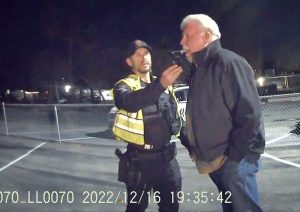

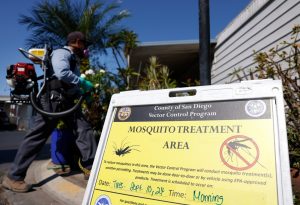

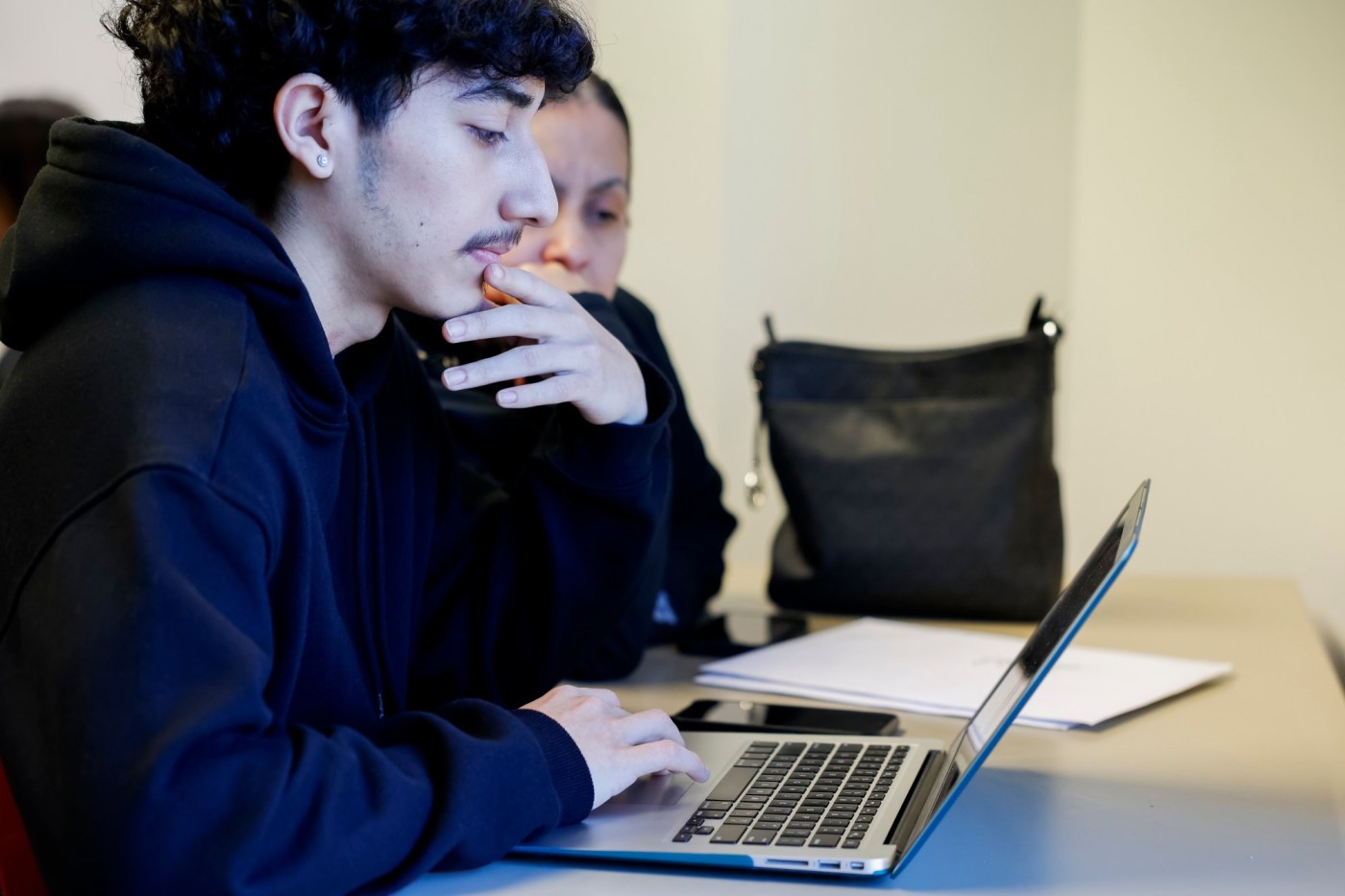
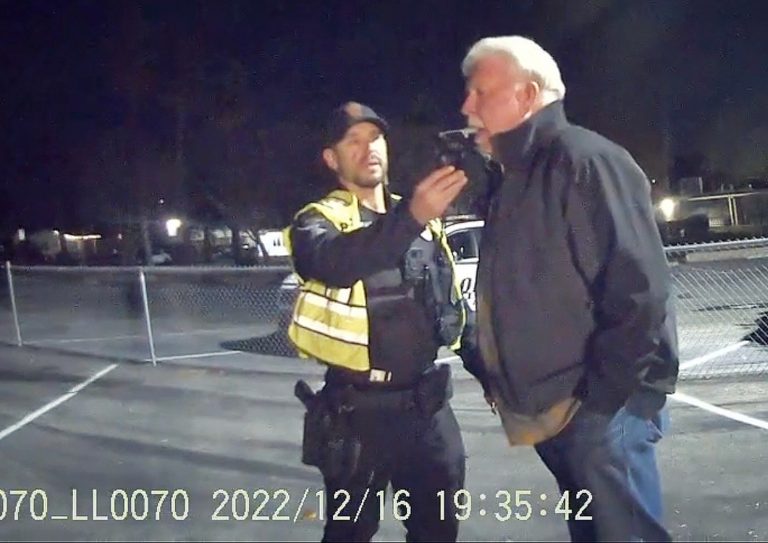

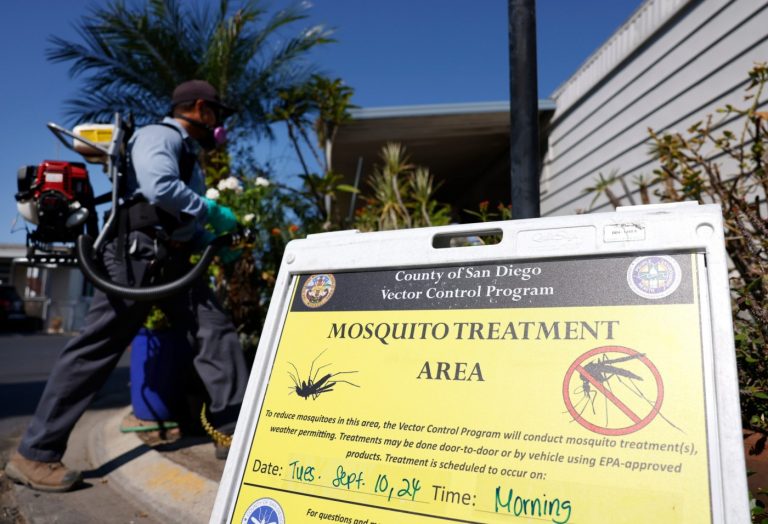





+ There are no comments
Add yours